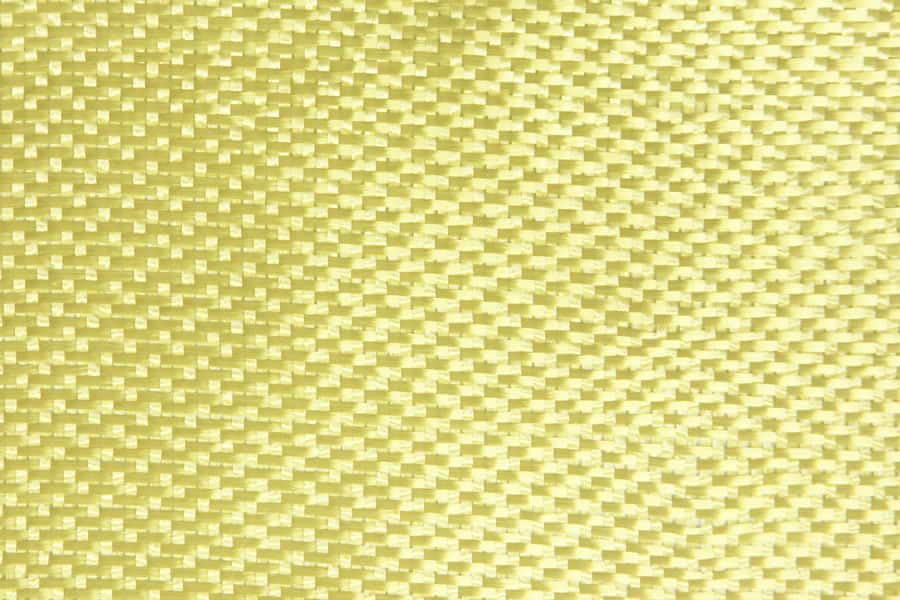Nanotubes Make Kevlar Ballistic Vests Smarter
Chinese scientists have used conducting carbon nanotubes and impact-responsive polymers to create a smart Kevlar composite with enhanced ballistic and stab resistance. Body armour made from this material could sense the force and location of impacts, and detect when it has been pierced.
Flexible, lightweight and durable, Kevlar has been a key component in personal armour for decades. It has excellent stab and cut resistance, making it the primary component in police stab vests, also offering limited protection against small arms fire.
The problem with Kevlar’s flexibility is that when it stops a bullet, the energy is still transferred directly to the wearer at the point of impact, which causes trauma – imagine being punched at the speed of a bullet! For military applications, where Kevlar would not stand up to high-velocity rifle rounds, it is often combined with heavier steel or ceramic plates to spread the impact over a larger area.
Wanquan Jiang and co-workers at the University of Science and Technology of China had previously developed several shear-thickening polymers,2 which become harder with applied strain. A composite of Kevlar with this kind of material would be flexible, but it would stiffen on impact.
‘We have introduced a shear stiffening polymer into Kevlar fabric to give a novel flexible body armour material with enhanced mechanical performance,’ explains Jiang. ‘We included carbon nanotubes in the composite which gives the material excellent force sensing capability.’ The carbon nanotubes form a conductive network within the composite, enabling the fabric to detect impacts, similar to how a touch screen works. The result is a smart fabric that offers 90% more ballistic protection and 50% more stab resistance than Kevlar alone, with the capability to detect the force and location of impacts, and even if it has been pierced. A stab vest made from this material could add an extra layer of protection by automatically calling for backup or medical assistance.
Jaroslaw Drelich at Michigan Technological University, US, thinks that this type of material could benefit military and law enforcement personnel as well as finding application in civilian activities like sports: ‘Adding conductive carbon nanotubes is a very clever solution and should attract the attention of many R&D centres around the world.’







